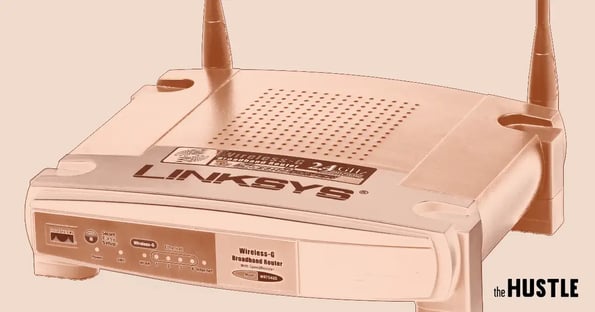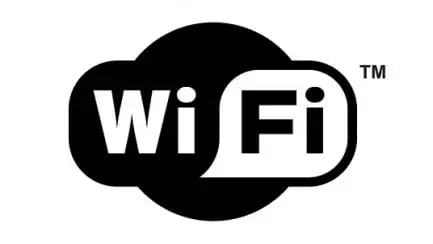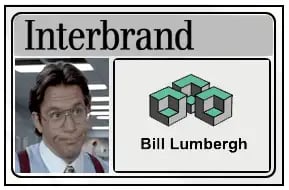Since I first heard about this new-fangled wireless internet, a.k.a. Wi-Fi, I thought the phrase stood for “wireless fidelity” – something to do with how the wireless signal is loyal and faithful.

That’s not surprising, considering the term Hi-Fi refers to “high fidelity,” which is a reference to producing sound quality with limited distortion. Or the John Cusack movie where he arranges his albums biographically.
But as it turns out, Wi-Fi actually stands for… nothing.
The name is totally made up, like Furby or Bananagram.

Wireless technology, also known as 802.11 protocol, was first released in 1997. It provided a whopping 2 Mbit/s of link speeds. Not exactly fast enough to cut the DSL cord. Two years later it was updated to 802.11b and 11 Mbit/s link speeds, which was fast enough to be commercially popular.
That’s where brand-consulting firm Interbrand Corporation comes in. The wireless technology group needed a catchier name than ‘IEEE 802.11b Direct Sequence’ and Interbrand came up with both the Wi-Fi name and logo.
 Non sequitur: how the Interbrand Corporation is so successful at branding beats me. Their name and overall style doesn’t necessarily inspire creative confidence, particularly when it comes to such influential, consumer-facing technology. But they killed it.
Non sequitur: how the Interbrand Corporation is so successful at branding beats me. Their name and overall style doesn’t necessarily inspire creative confidence, particularly when it comes to such influential, consumer-facing technology. But they killed it.
And in case you’re wondering, the terms WiFi and Wifi are not approved by the Wi-Fi Alliance, even though people use them all the time.
